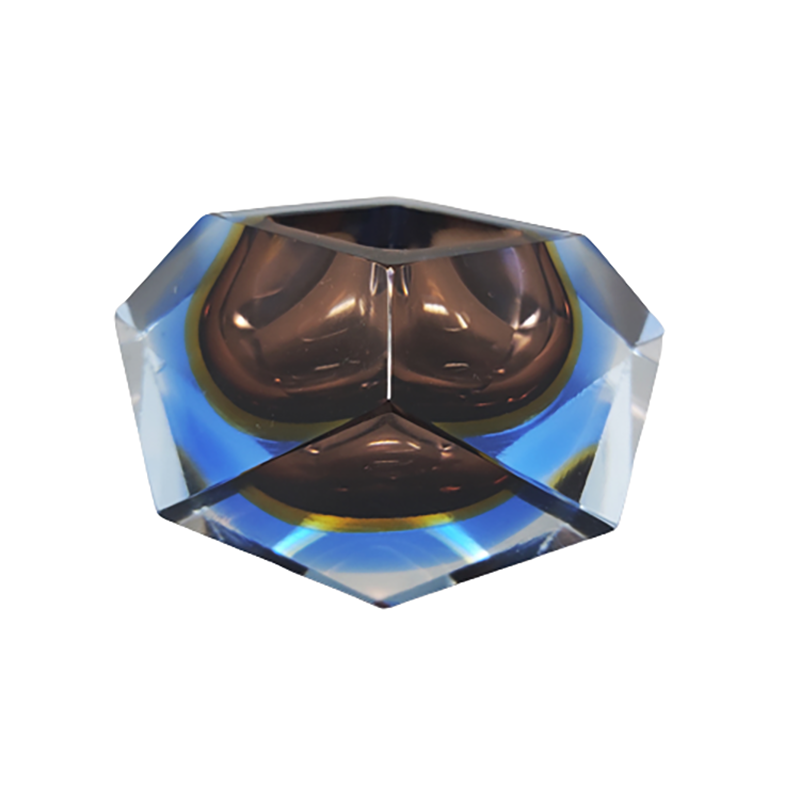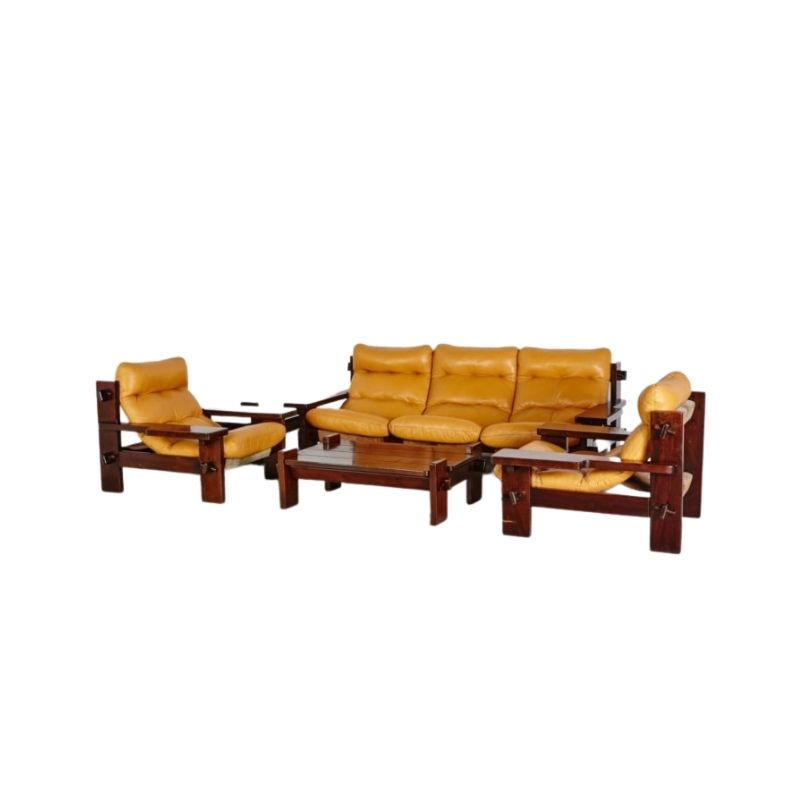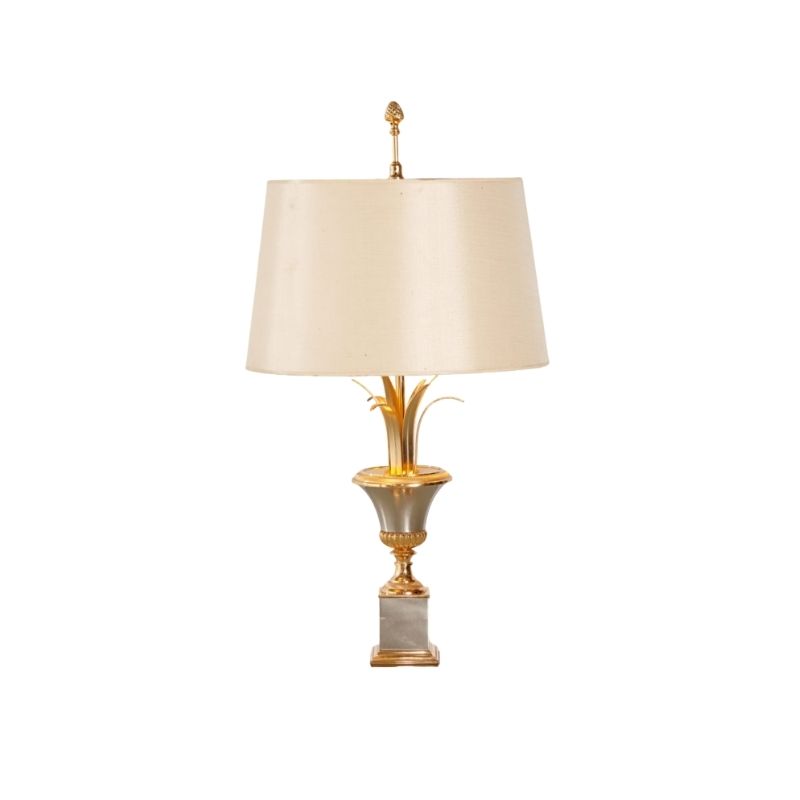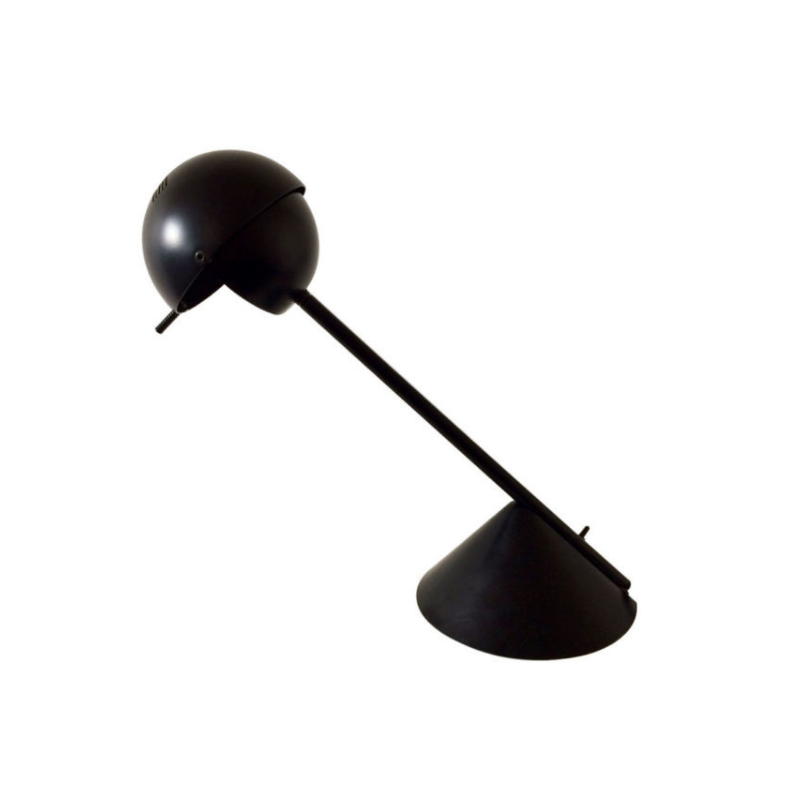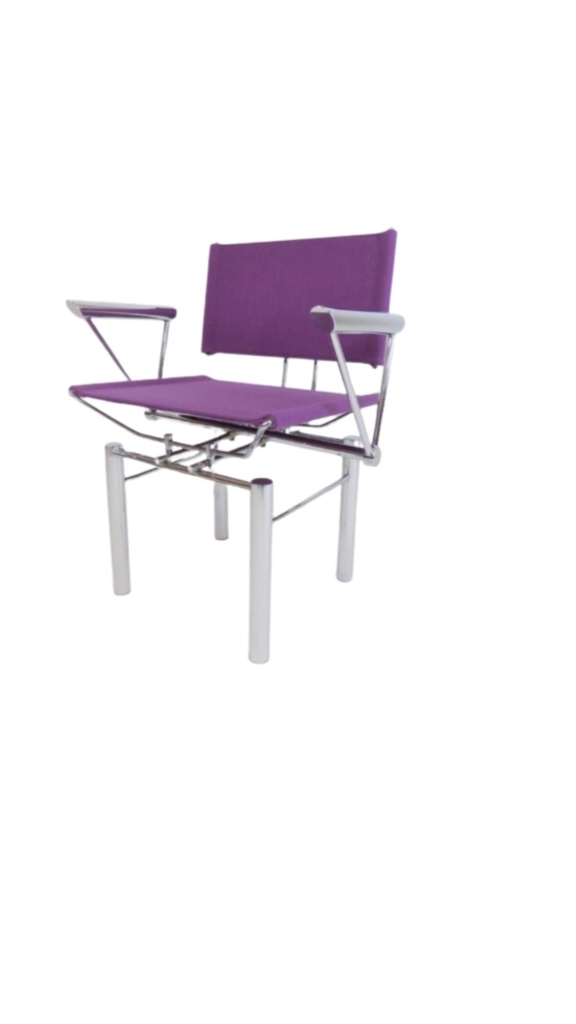Some DA'ers are chair-obsessed, I'm shelving obsessed. I've always wondered about the history of modern wall-systems, and thought it might be useful if we created a thread dedicated to who designed what, when.
If you're like to add to this thread, please include the year of design, ideally. (With any luck, this'll be as helpful as the Mahogany Association thread, down the road!)
Below is the earliest "modern" example that I know of-- a painted metal & plywood bookshelf designed by Frederick Kiesler, 1935. (I'm assuming that the components are adjustable, thereby making it a genuine "system")

String Shelf, 1949
String shelf , or string bookshelf , was created by Nissan and Kajsa Strinning 1949 . It consists of veneered shelves hung on plastic coated wire ends.
It began by Bonnier public libraries initiated a competition in 1949 , where they searched an assembly and expandable bookcase. Nisse and Kajsa Strinning submitted its proposal which was a kind development of a dish rack called Elfa that Nissan designed a few years earlier. The shelf, which became known as String , won the contest. After that it exhibited the H55 exhibition in Helsingborg in 1955 came on to be a huge sales success well into the 1960s .
Later, the series from being a wall hanging that also have a floor standing model, including display cases , chiffonier , box sections, bureau and newspaper rack.
http://sv.wikipedia.org/wiki/Stringhylla
i love shelving systems too.
If my wife wasn't here to stop me, I'd have different systems on each wall. I love the tomado stuff, the Cado stuff and the string stuff. It's all lovely. I never quite know how to dress them, as I don't read / have lots of books and it can get silly with too make vases or clocks. Blah blah. x
It's good to
see that 1934 Knape patent drawing. Knape and Vogt still make the very system illustrated; it became the "gold standard" (no pun intended !) of American-made wall-hung shelf support systems. Because the locations of the wall standards is independent of the length of the shelves, every standard can be placed over, and screwed to, a wall stud.
[I know of a potter who lost many pieces in his collection because a room-mate (a landscape architect) apparently didn't understand the basics of shelf system installation, as mentioned above !]
George Nelson Storage Wall, 1945
Check out the link below-- scroll to page 63. (Thank you, Google Books!)
http://books.google.ca/books?id=KVMEAAAAMBAJ&pg=PA38&dq=life+magazine+19...
wildcaaaard.....
the Ladderax system a.k.a. my dream system....very similar to the string system...i just happen to like it a bit more....
unfortunately i think its rather uncommon here in the states *sigh*, best i can tell.designed by Robert Heal for Staples of Cricklewood, London.....really like it with the the white "ladders"....beautious! but the black is striking as well and does well to define the unit....
both great...
they are all great!!! suppose it depends on what mood im in anyways....but with the ladderax, i think its the thicker frame on the uprights that i do like. gives a it a semi-industrial solid look whereas the brackets on the String set-up remind me of closet organizer systems... but i dig them as well...im partial to the String Pocket shelves though...
any other systems? this is a great thread!....
Dieter Rams 606- 1960.....I...
Dieter Rams 606- 1960.....I never knew the story about how it got its name.
The 606 Universal Shelving System, created by the designer, Dieter Rams, in 1960, is a design classic. It?s a revolutionary way of building shelves - a modular system that can be used for one shelf or an entire library. It?s adjustable and extendable without tools and is fabricated in metal with simple, clean lines. Customers can add to their system slowly and seamlessly ? a shelf at a time if they wish ? as their needs change.[3]
The original 606 Universal Shelving System design was created by the company in 1960 and was the sixth design (60-6), which is where the name originates.
The 606 Universal Shelving System has won multiple awards for design excellence, and is part of the collection of The Museum of Modern Art in New York City.
If you need any help, please contact us at – info@designaddict.com



